
Rano Raraku the birthplace of the moai on Easter Island Tiny Travelogue
Rano Raraku. Known as 'the nursery,' the volcano of Rano Raraku, about 18km from Hanga Roa, is the quarry for the hard tuff from which the moai were cut. You'll feel as though you're stepping back into early Polynesian times, wandering among dozens of moai in all stages of progress studded on the southern slopes of the volcano.

Rano Raraku National Park, Easter Island, Chile. pics
Rano Raraku is a volcanic crater formed of consolidated volcanic ash, or tuff, and located on the lower slopes of Terevaka in the Rapa Nui National Park on Easter Island in Chile. It was a quarry for about 500 years until the early eighteenth century, and supplied the stone from which about 95% of the island's known monolithic sculptures ( moai ) were carved.
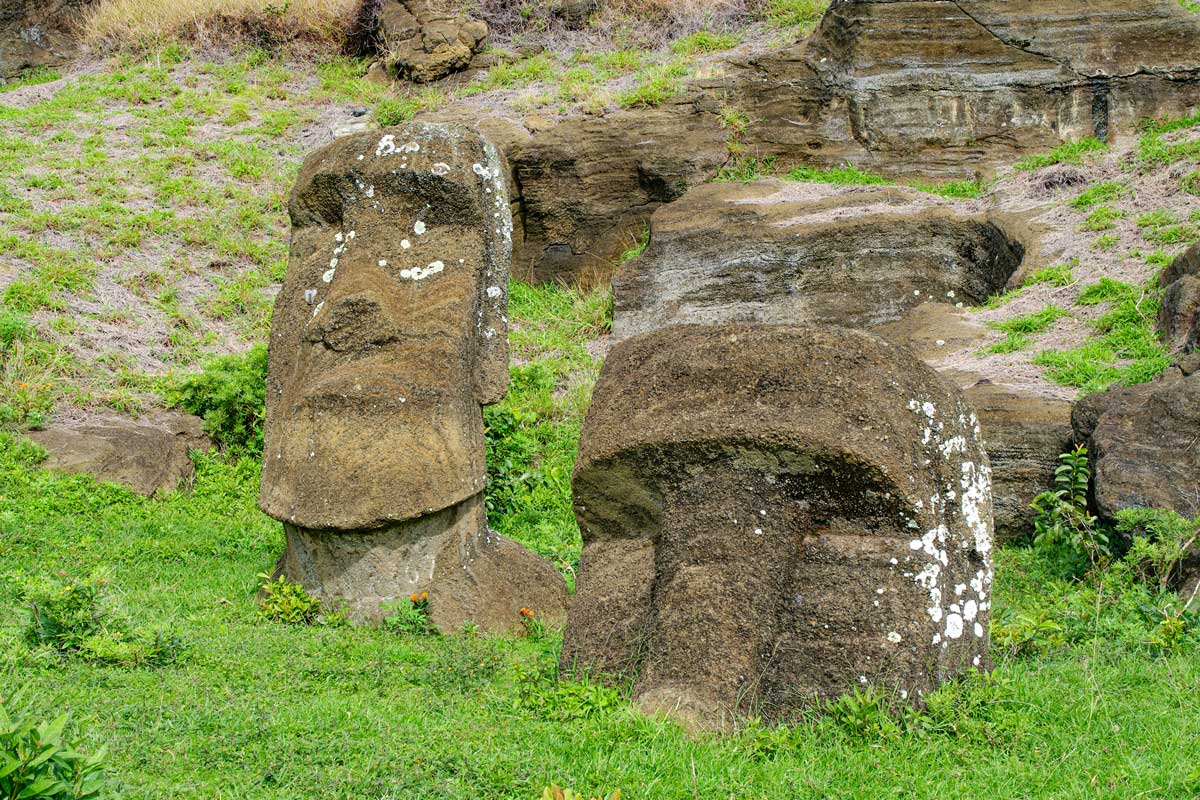
Rano Raraku, New excavations in Easter Island’s Moai quarry moeVarua Rapa Nui
Rano Raraku. Jul 2019. We came here as part of our day long monuments tour. Rano Raraku is a volcanic crater formed of volcanic ash and is located on the slopes of Terevaka, which is the largest, tallest and youngest of three main extinct volcanoes. The volcano sits in Rapu Nui National Park as is a sight to behold.

5 Best Places to Visit on Easter Island Travelholicq
Find Discounts on the Best Easter Island In Chile. Tripadvisor Helps You Spend Less. Always Great Deals: Search for The Best Easter Island Hotel Prices on Tripadvisor.
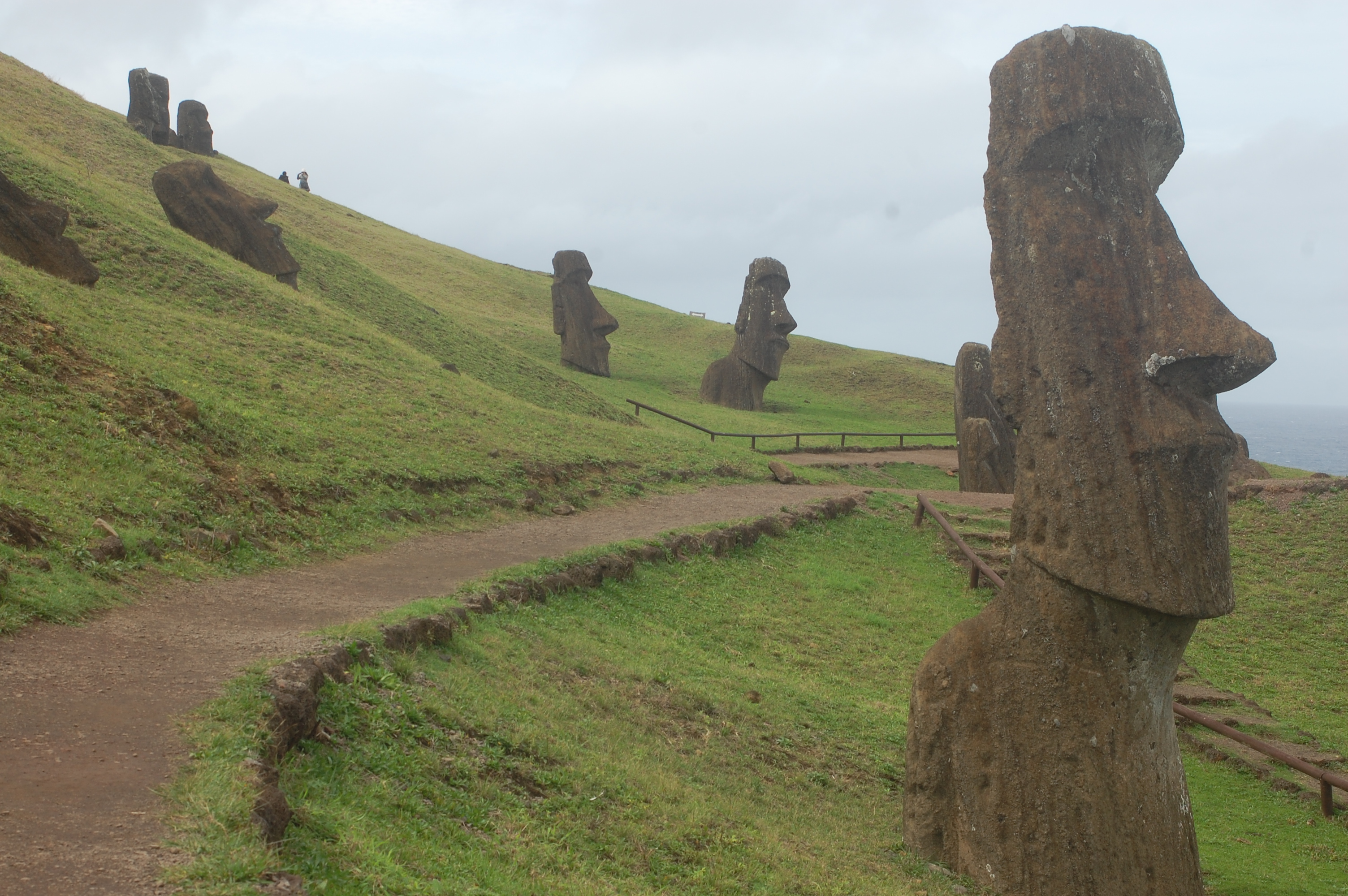
Easter_Island_rano_raraku Travel is Free
But the true number of moai on the island is unknown because many remain buried in the Rano Raraku quarry on the island's south shore, where the statues were built. The largest discovered moai.

Stone hedge, Moai, rano raraku, Easter Island, isla de pascua HD wallpaper Wallpaper Flare
This report is another in a series of reports dealing with the excavation of statues RR-001-156 and RR-001-157 in Rano Raraku quarry, Rapa Nui, Chile. The previous reports were filed with the appropriate Chilean and Rapa Nui agencies and also provided to the general public on the Easter Island Statue Project web site (www.eisp.org). This report.
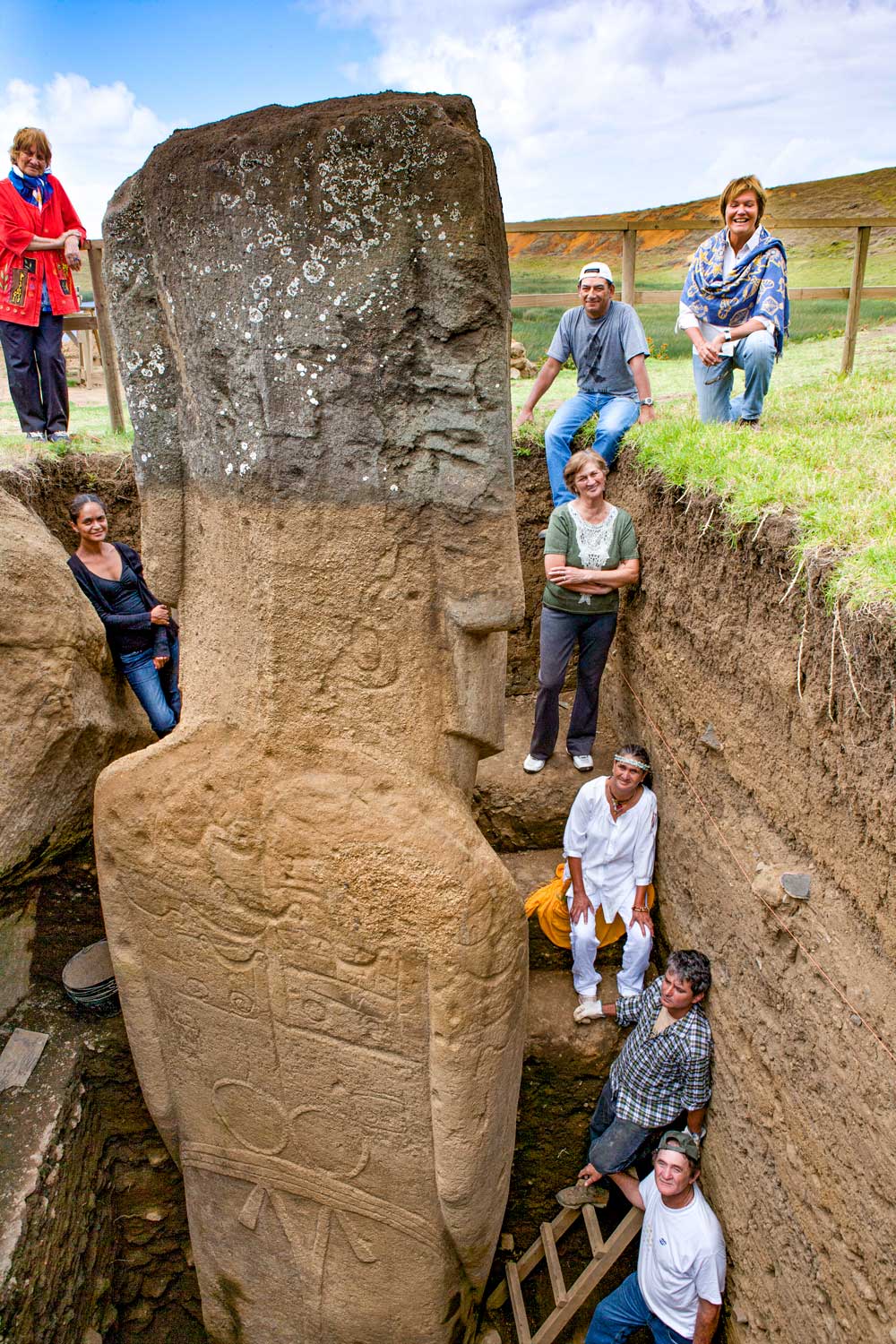
Rano Raraku, New excavations in Easter Island’s Moai quarry moeVarua Rapa Nui
AU$237.17. per adult (price varies by group size) Discover the mystical Easter Island and its famous gigantic stone statues. Bus Tours. from. AU$1,308.18. per adult. The birth of the Moai: Guided and private full day excursion Easter Island. Private and Luxury.

Rano Raraku the birthplace of the moai on Easter Island The Tiny Travelogue
The Rano Raraku volcano is one of the most incredible and extraordinary archaeological sites on the planet. In this magical place full of mystery, the moai were made, the giant statues that have made Easter Island famous worldwide. The enormous figures and the quarries of the volcano surpass any expectation and get the traveler to be speechless when he contemplates one of the most fascinating.

Easter Island (Rapa Nui)—Rano Raraku World Monuments Fund
About Rano Raraku. Rano Raraku is the quarry where all of Easter Island's iconic stone statues were made. A factory of sorts, each statue was carved from hardened volcanic ash before being carefully cut away and moved to its designated final resting place on the island, often many kilometers away. Today there are 397 moai in the quarry.

Rano Raraku the birthplace of the moai on Easter Island The Tiny Travelogue
Rano Raraku, the crater lake constrained by basaltic tuff that served as the primary quarry used to construct the moai statues on Rapa Nui (Easter Island), has experienced fluctuations in lake level over the past centuries. As one of the only freshwater sources on the island, understanding the present and past geochemical characteristics of the lake water is critical to understand if the lake.
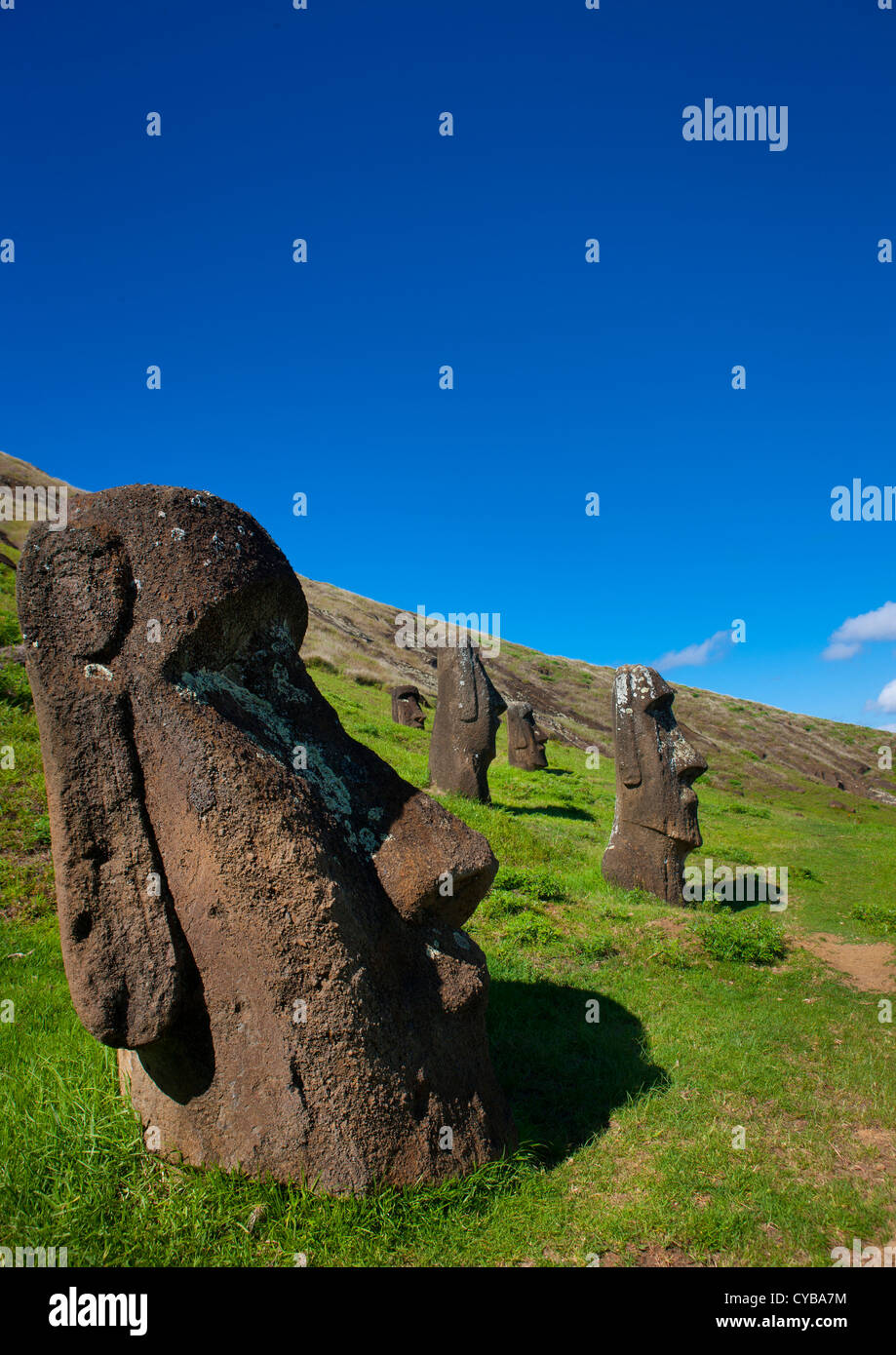
Moais In Rano Raraku, Easter Island, Chile Stock Photo Alamy
Rano Raraku is the birthplace of the Easter Island moai statues. One of the stylised stone faces at the extinct volcano Rano Raraku | Photo: Travel In Culture. It is believed that the volcanic faces represent the spirit of their ancestors. During the moai era there was a development in style of the torsos and faces.
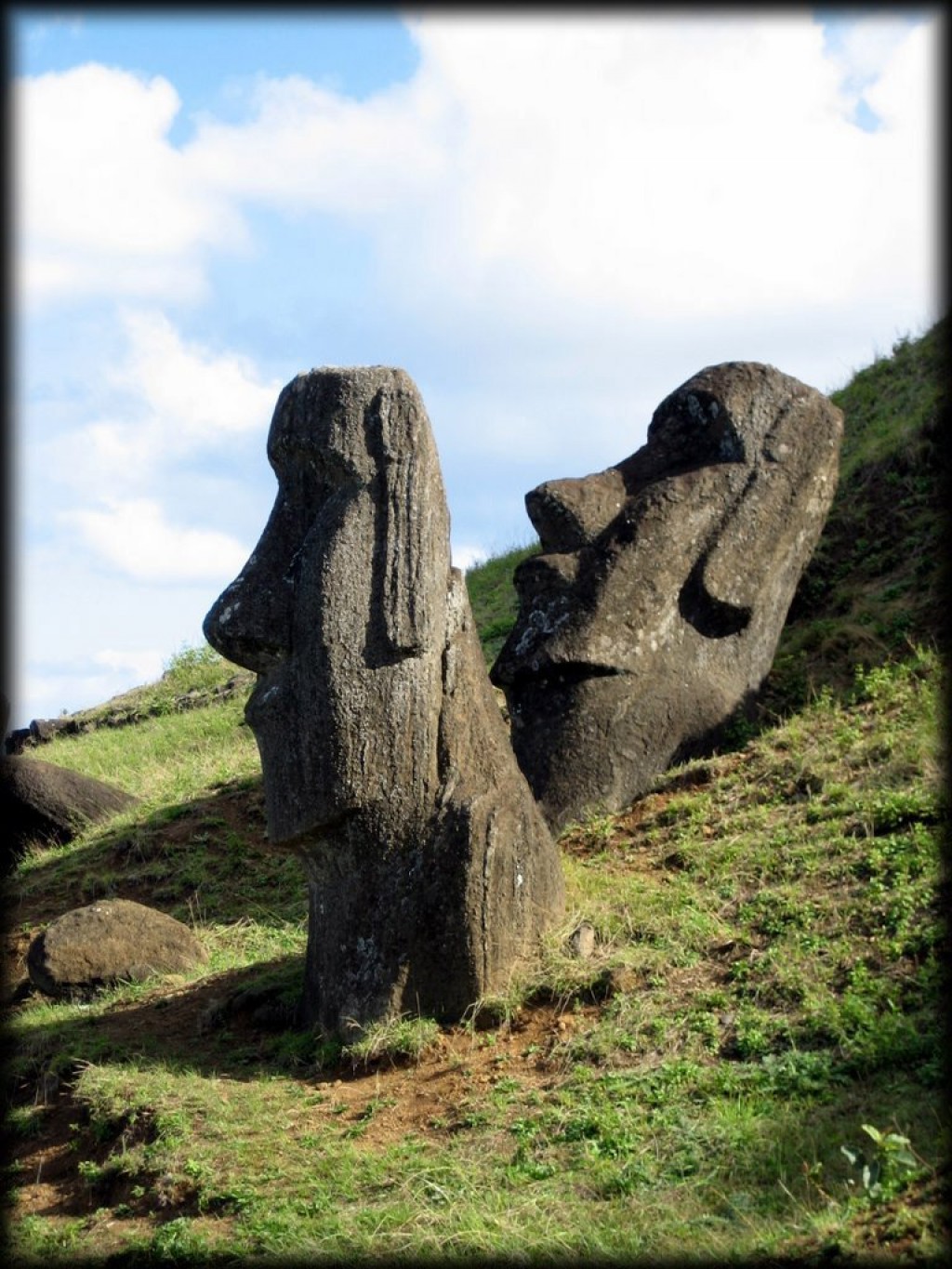
Pictures of Easter Island Rano Raraku is the volcano from which all the moai were carved and is
Ranu Raraku volcano is home to Easter Island's most celebrated ruins, the mighty moi, and lies 18 kilometres (11 miles) outside of Hanga Roa, the island's main town, dedicated capital and harbour port. It is situated in the southern part of the west coast, nestled in the lowlands among the extinct volcanoes of Terevaka and Rano Kau.
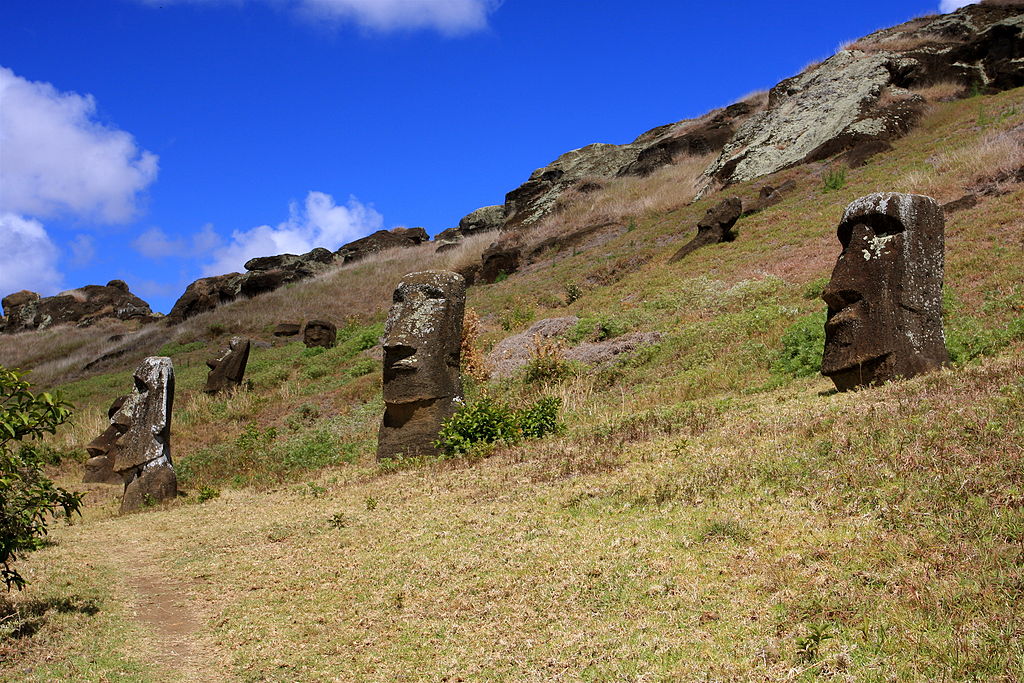
Easter Island Statues Came From Rock Quarry Near Rano Raraku Lake (Video) Lake Scientist
Rano Raraku is the only volcanic cone tuff quarry on the island so, if you like, the birthplace of every, single Moai that exists on the planet. Including Dum Dum - or the Moai who inspired the character in the movie 'Night at the Museum' with Ben Stiller.

Rano Raraku Quarry, Easter Island, Chile Wide Angle Adventure
Van Tilburg's most recent analysis focused on two of the monoliths that stand within the inner region of the Rano Raraku quarry, which is the origin of 95 percent of the island's more than 1,000 Moai.

Rano Raraku tour East Island Hanga Roa andBeyond
One important site is Rano Raraku, a volcanic crater located in the southeastern coast of Easter Island. Between the twelfth and fifteenth centuries, Rano Raraku was the main quarry for the massive monolithic sculptures, known as moai, created by the Rapa Nui people. The moai, measuring up to 10 meters (33 feet) high, were carved directly into.

Lying Moai Over Rano Raraku Lake, Easter Island, Chile Flickr
Rano Raraku. Most of the 900 moai in the island come from the slopes of the Rano Raraku volcano. In this unique place, hundreds of sculptors and artists worked between the years 1000 and 1680 to produce giant statues of volcanic stone. Huge burins of basalt, the toki, made it possible to separate the giant sculptures from the flanks of the.